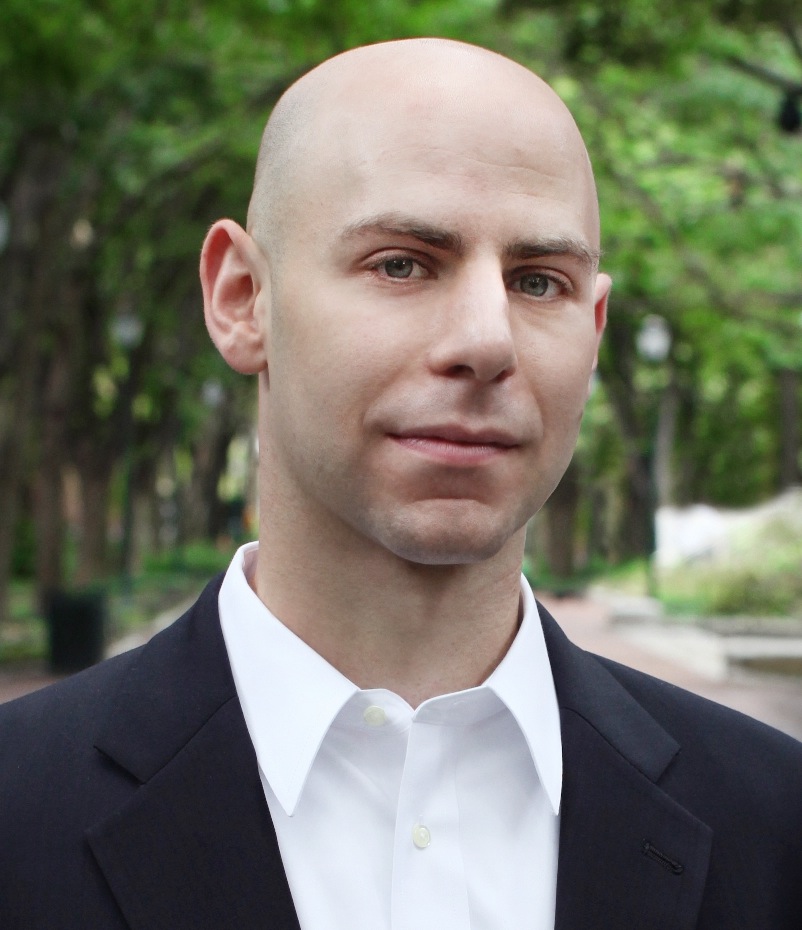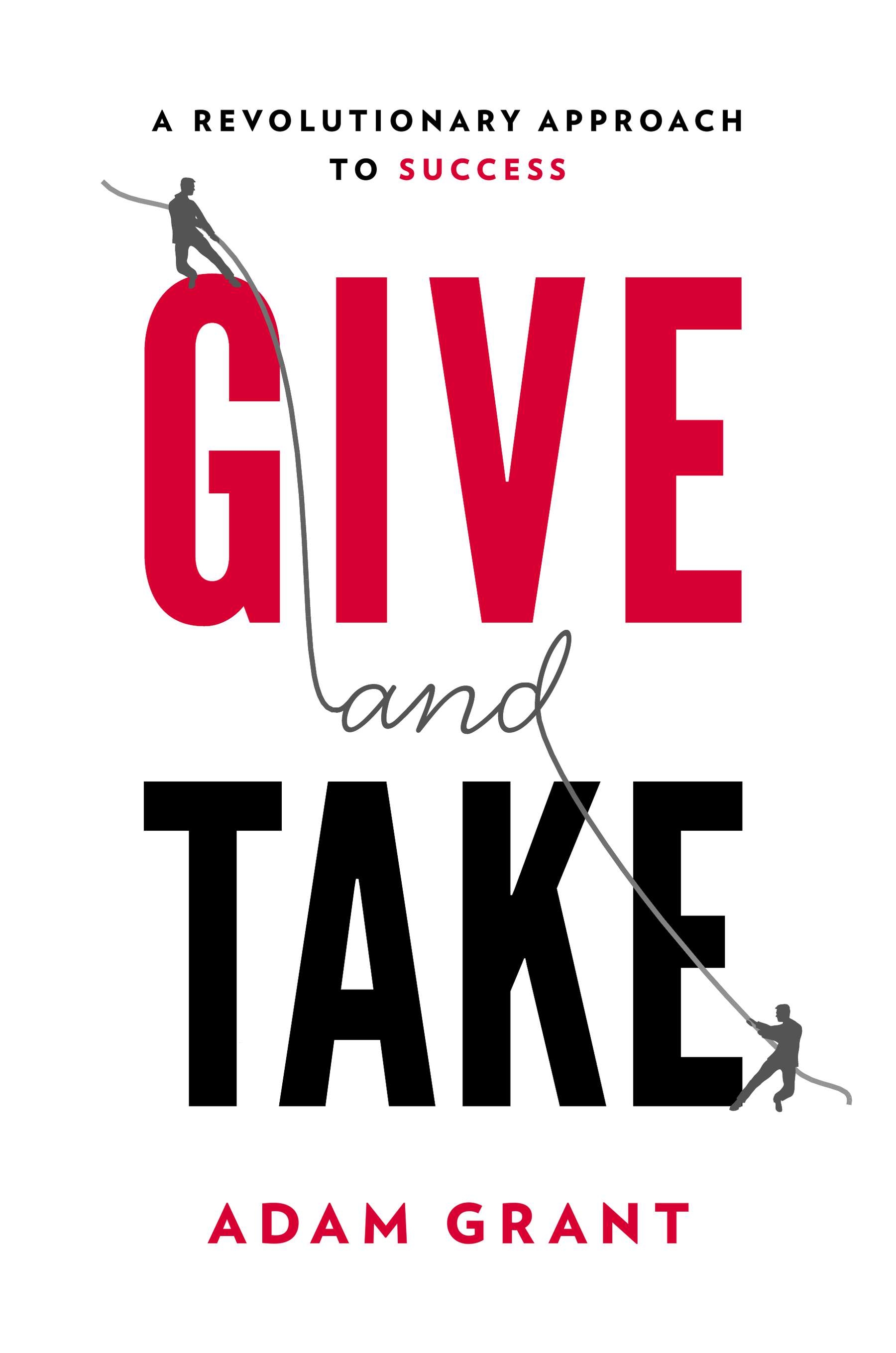
In Squaring Off, Zócalo invites authors into the public square to answer five questions about the essence of their books. For this round, we pose questions to University of Pennsylvania Wharton School organizational psychologist Adam Grant, author of Give and Take: A Revolutionary Approach to Success.
Grant interlaces research and stories to propose a new approach to success. He argues that what shapes our achievements is how we engage in social interactions. People are either “givers” or “takers,” he argues—and the givers are more successful in everything they do.


-
You argue that selfless giving can help people feel more productive, motivated, and respected, and you share many examples of givers whose attitudes and strategies have helped them become highly successful. How might current social or political developments make generosity more important for people now than it was in the past?
My sense is that giving resonates today for at least three reasons. First, in the wake of countless corporate scandals, people are tired of seeing takers rise and succeed—they’re ready for a more other-oriented, generous approach. Second, with women gaining increasing influence in contemporary workplaces, there’s more support for rejecting the notion that giving is a sign of weakness, and recognizing that it can be the fuel for rich connections, productive collaborations, and high-impact leadership. Third, there is growing recognition that organizations can play a meaningful role in solving social problems. Even in workplaces focused on the bottom line, corporate volunteering, philanthropy, and social responsibility programs are now widespread, making it easier for individuals to embrace giving as a part of what defines success and provides them with a sense of meaning. -
Still, in the contemporary workplace, people need to be mindful about how much they give on the job in order to balance their professional and personal lives. At what point do givers reach their limits, and what are the risks of giving too much?
I find that people who give selflessly place themselves at risk for burnout and for allowing others to take advantage of them. There’s also some research led by [University of Oklahoma management scholar] Mark Bolino showing that when people give too much, they face more work-family conflict. Givers reach their limits when they say yes to all of the requests from all of the people in all of the situations. The key to avoiding these traps is to set boundaries, with clear priorities about whom, when, and how you will help. Personally, my family comes first, students second, and colleagues third. I block windows in my calendar for family time, with separate periods for helping others, and for personal projects. When requests come in, I ask whether I can add unique value, or whether I know someone else who’s better suited to provide assistance. -
In your book, you also identify matchers—people who strive to balance giving and taking in their lives. What distinguishes matchers from givers who set clear priorities, and how does one strategy lead to greater success?
Matchers follow the norm of reciprocity—they expect something equal back from each person they help. Givers who set clear priorities are different in that they often help without strings attached; they’re just careful to avoid compromising their own interests and overextending their time, energy, and resources. Whereas matchers often create a transactional impression, sending a signal that this was just a business exchange, givers have made a meaningful investment in a relationship, showing that they care about the recipient and building greater goodwill. In addition, matchers tend to focus on helping people who can help them back in the near future, which creates a relatively narrow network. In contrast, givers offer their help to a wider set of contacts. When some of these people eventually rise to great heights, they’re motivated to bring givers with them. -
What advice can you offer to takers and matchers who want to develop into greater givers?
To shift in the giver direction, one of the easiest steps is to do what Adam Rifkin, Fortune’s best networker, calls five-minute favors. Instead of trying to become Mother Teresa or Gandhi, there are plenty of ways to add high value to others’ lives at a low personal cost. Adam recommends choosing one day per week to do a few five-minute favors—connect two people who might benefit from knowing each other, or find a way to recognize someone whose contributions typically go unnoticed, such as by writing a note of appreciation to that person’s boss. Of course, these five-minute favors tend to be more motivating and productive if they align with your interests and expertise. With that in mind, it can be useful to reflect on situations in which you’ve helped others and to identify the types of giving that you’ve found enjoyable and effective. -
How can your ideas about givers apply to interactions outside of the business world—to people who deal with poverty or other inequities?
To fight poverty and other social injustices, it’s critical to motivate people to act more like givers—to volunteer their time, donate their money, and share their skills and networks to solve problems. When we try to convince people to give, we tend to make some systematic mistakes. One common error is highlighting all of the people in need. As studies by [Wharton psychologist] Deborah Small, [University of Oregon psychologist] Paul Slovic, and colleagues show, people actually give more to single identifiable victims than to multiple (or categories of) victims. It’s easier to empathize with one than many, and we also feel that we can make a difference in helping one person; overwhelming need suggests that our efforts will only be a drop in the bucket. Another mistake is highlighting the wrong reasons for giving. [Dartmouth University management scholar] Daniel Feiler, [University of Michigan management scholar] Leigh Tost, and I compared two different reasons for giving: egoistic (feeling good) and altruistic (doing good). We found that these two reasons were equally effective in motivating giving, but combining them backfired. Giving dropped by roughly 50 percent when the two reasons were presented together. Presenting mixed reasons for giving draws attention to the fact that a hard sell is occurring, leading potential givers to scrutinize the message more carefully and put up their defenses. If we want to inspire people to give, less is sometimes more. Fewer people in need, and fewer reasons to help them, can often go a long way toward getting things done.



